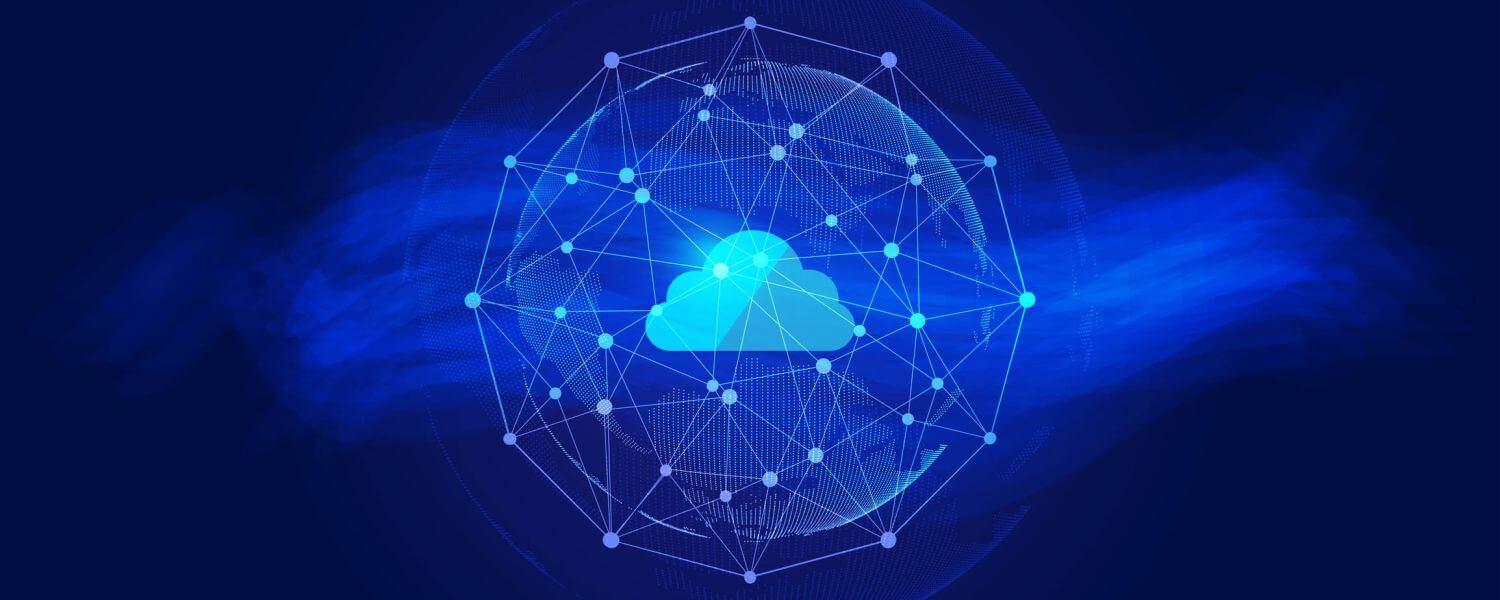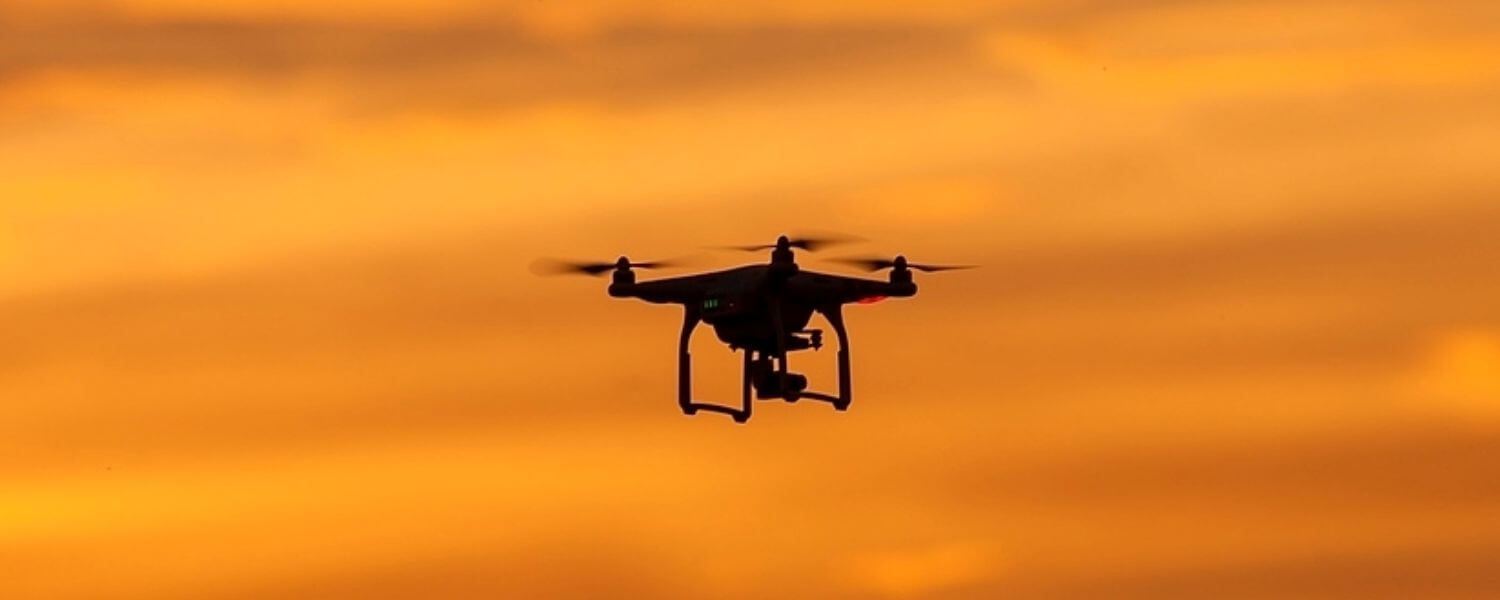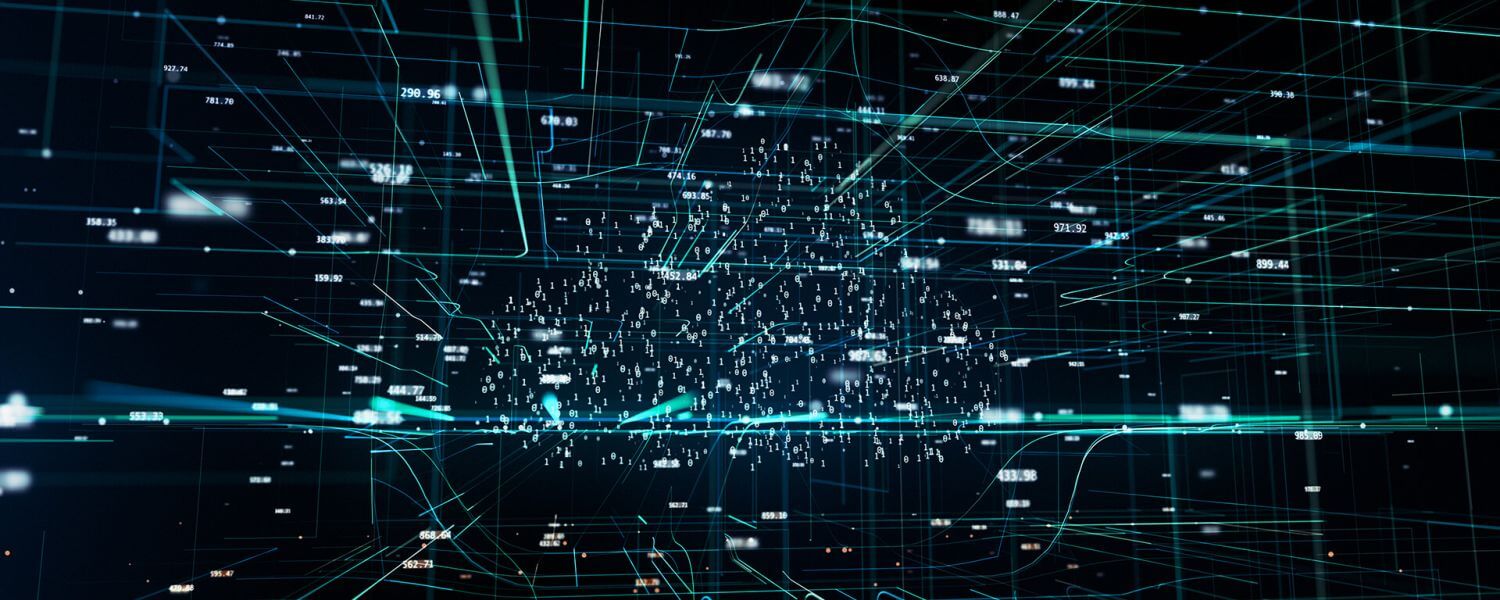We use cloud and data visualization process, analyze, and make sense of the large amounts of data that drones collect through its cameras, thermal imaging sensors, and LIDAR about the environment, structures, and other objects.
.
We use this data for a wide variety of applications, such as mapping, surveying, monitoring, and inspection.
.
By using cloud computing, we can store and process this data remotely, allowing multiple users to access and analyze the data from different locations.
.
It also allows us to easily share and collaborate on data, even when the data is too large to be stored or analyzed locally. Additionally, the use of cloud computing can also enable real-time processing of data, allowing us to make decisions quickly.
.
We use our data visualization technologies to display the data collected by our drones in a variety of graphical formats, such as charts, graphs, and maps. This makes it easy to identify patterns, trends, and outliers in the data, allowing us to gain insights that might not be apparent from raw data alone.
.
For example, in construction, drones can be used to survey a job site, collecting data on the location of buildings and other structures, as well as the location of workers and equipment. This data can then be uploaded to the cloud and analyzed to identify patterns in the movement of workers and equipment, identify areas of the site that are at risk of congestion, and identify areas where workers may be at risk of accidents.
.
Similarly, in the field of Agriculture, drones can be used to collect data on crop health, soil conditions, and weather patterns. This data can then be analyzed in the cloud to identify patterns and trends, such as areas of the field that are at risk of disease or pests, areas where irrigation is needed, or areas that are at risk of flooding.
.
Overall, our cloud and data visualization technology is a very vital part of our drone operations. It goes a long way by helping us store, process and make sense of the large amounts of data that our drones collect, allowing to gain insights and make better-informed decisions.
Cloud & Data Visualization
You are here:
- Home
- What we do
- Cloud & Data Visualization



